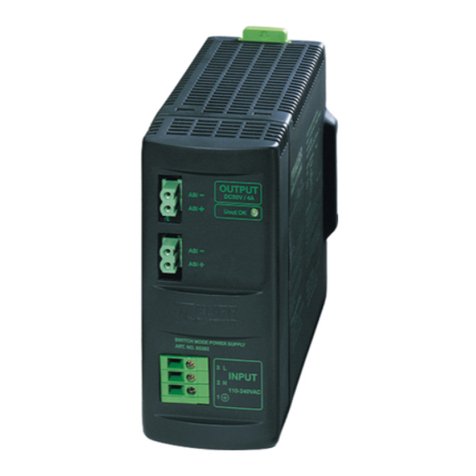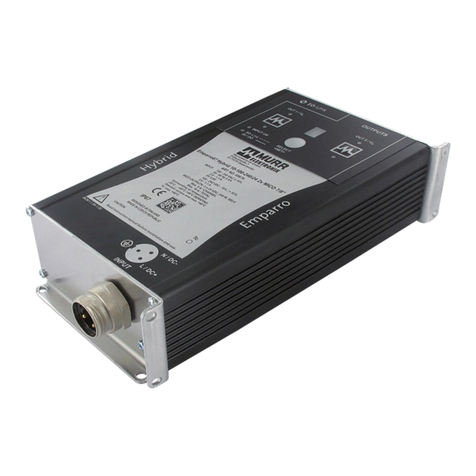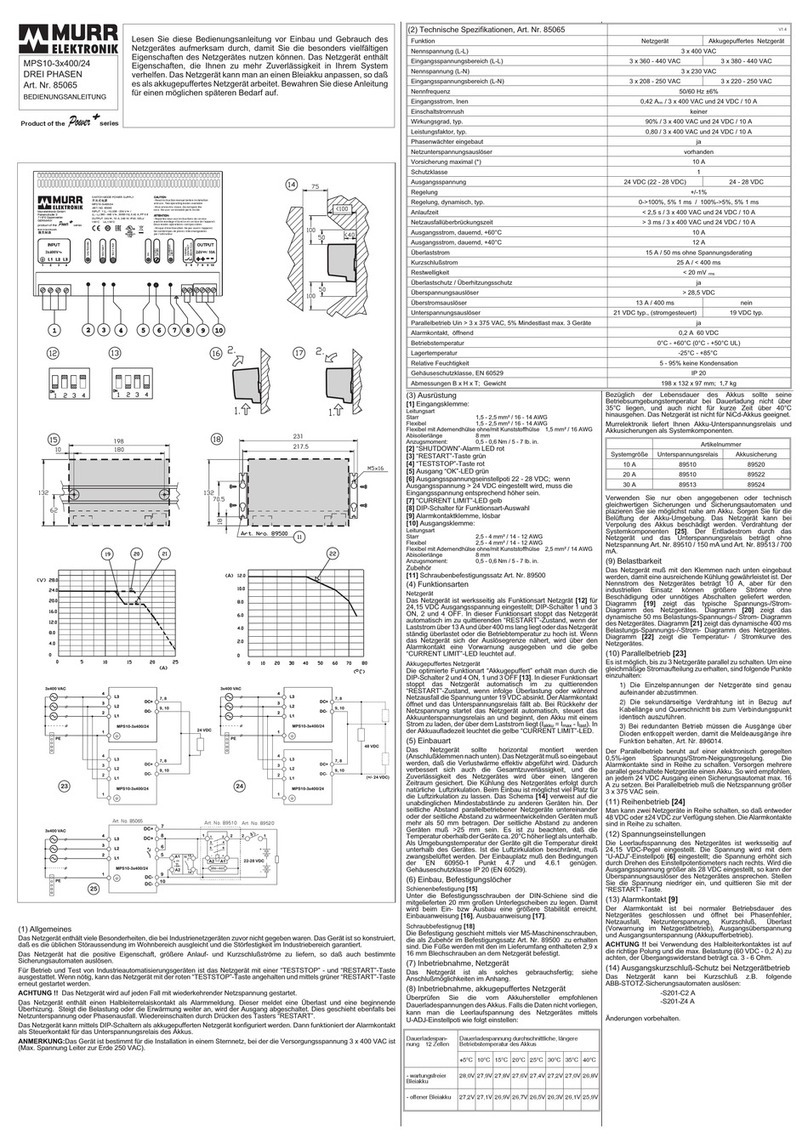
MASI65-M12 User's manual
4V 1.1
4.2 POWER SUPPLY CONNECTION..........................................................................................................33
4.2.1 Cable layout...........................................................................................................................33
4.2.2 Auxiliary supply connection...................................................................................................33
4.3 SENSOR AND TRANSMITTER CONNECTION.........................................................................................35
4.3.1 Pin arrangement of the round plug connector M12 with single signal assignment...............36
4.3.2 Pin arrangement of the round plug connector M12 with double signal assignment..............36
4.4 ACTUATOR CONNECTION (LOADS)....................................................................................................37
4.4.1 Pin arrangement of the round plug connector M12 with single signal assignment...............37
4.4.2 Pin arrangement of the round plug connector M12 with double signal assignment..............37
4.5 ADDRESSING DEVICE CONNECTION...................................................................................................38
4.5.1 Addressing interface for MASI65-M12 modules....................................................................38
5DIAGNOSIS DISPLAYS......................................................................................................................39
5.1 BUS / DEVICE STATUS DISPLAYS......................................................................................................40
5.2 I/O STATUS DISPLAY........................................................................................................................40
5.3 AUXILIARY SUPPLY ..........................................................................................................................40
6SHORT-CIRCUIT/OVERLOAD RESPONSE......................................................................................41
6.1 SENSOR / TRANSMITTER SUPPLY......................................................................................................41
6.1.1 MASI65-M12 standard slaves with SAP4.0...........................................................................41
6.1.2 MASI65-M12 standard and AB slaves with SAP4.1..............................................................41
6.2 OUTPUTS........................................................................................................................................41
6.2.1 MASI65-M12 standard slaves with SAP4.0...........................................................................41
6.2.2 MASI65-M12 standard and AB slaves with SAP4.1..............................................................41
7DATA SHEETS FOR THE MASI65-M12 SERIES..............................................................................42
7.1 INTERFERENCE IMMUNITY DATA........................................................................................................42
7.2 MASI65-M12 PRODUCT-SPECIFIC DATA STANDARD SLAVES .............................................................43
7.2.1 MASI65 DI8/0,4A Y 8xM12 Art. No. : 55570........................................................................43
7.2.2 MASI65-M12 DI4/0,2A DO4/2A Y 8xM12 Art. No : 55 571..................................................44
7.2.3 MASI65 DI8/0,4A BV Y 8xM12 Art. No : 55572 ...................................................................45
7.2.4 MASI65 DI4/0,2A BV Y 4xM12 Art. No : 55573 ..................................................................46
7.2.5 MASI65 DI4/0,2A 4xM12 Art. No : 55610............................................................................47
7.2.6 MASI65 DI8/0,4A 8xM12 Art. No : 55612............................................................................48
7.2.7 MASI65 DO4/0,5A 4xM12 Art. No : 55614...........................................................................49
7.2.8 MASI65 DO4/2A 4xM12 Art. No : 55615..............................................................................50
7.2.9 MASI65 DO8/0,5A 8xM12 Art. No : 55616..........................................................................51
7.2.10 MASI65 DI4/0,2A DO4/0,5A 8xM12 Art. No : 55618............................................................52
7.2.11 MASI65 DI4/1,6A DO4/2A 8xM12 Art. No : 55619..............................................................53
7.2.12 MASI65 DI4/0,2A BV 4xM12 Art. No : 55622......................................................................54
7.2.13 MASI65 DI8/0,4A 8xM12 Art. No : 55623............................................................................55
7.2.14 MASI65 DI4/0,2A DO4/2A 8xM12 Art. No : 55624..............................................................56
7.2.15 MASI65 DI2/0,2A DO2/2A 4xM12 Art. No : 55625..............................................................57
7.2.16 MASI65 DI4/0,2A DO4/0,5A Y 8xM12 Art. No : 55628 .......................................................58
7.2.17 MASI65 DI4/0,2A Y 4xM12 Art. No : 55629........................................................................59
7.3 MVK12 AB PRODUCT-SPECIFIC TECHNICAL DATA AB SLAVES...........................................................60
7.3.1 MASI65 DI4/0,2A DO3/2A AB Y 8xM12 Art. No : 55 675 ....................................................60
7.3.2 MASI65 DI8/0,2A AB Y 8xM12 Art. No : 55676 ...................................................................60
7.3.3 MASI65 DI4/1,6A DO3/2A AB Y 8xM12 Art. No : 55677 ....................................................62
8MODULES VERSIONS AND FEATURES..........................................................................................63
8.1 MASI65-M12 : 8-WAY MODULE......................................................................................................63
8.2 MASI65-M12 : 4-WAY MODULE.......................................................................................................64
9LIST OF ILLUSTRATIONS.................................................................................................................65
10 LIST OF TABLES ............................................................................................................................66
































